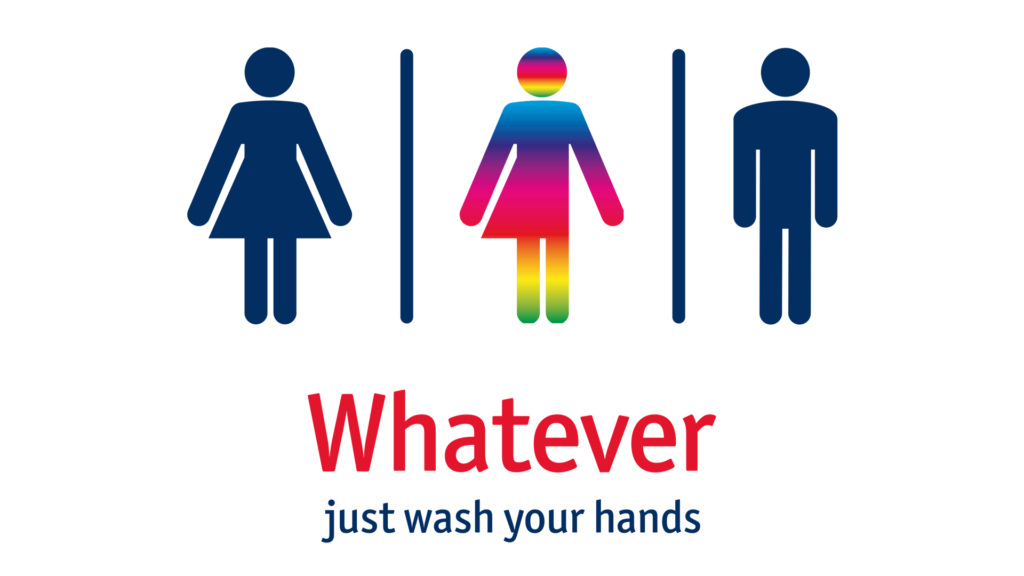He, him, she, her, they, them… How should you address people? Are you 100% sure of their gender identity? In light of this year’s International Day Against Homophobia, Biphobia, Intersexphobia and Transphobia (IDAHOBIT) on 17 May, UAntwerp is focusing on gender-aware and gender-inclusive communication. Get started with it today, and actively contribute to a more inclusive society.
‘Ladies and gentlemen’, ‘he or she’… many European languages, including English and Dutch, still reflect traditional heteronormative ideology and strictly binary gender norms. Based on someone’s clothing, hairstyle, name or voice, we immediately assume that we know their gender identity (and often also their sexual orientation). But many people feel they don’t fit into either of these two strictly separated gender categories (masculine/feminine), and feel more comfortable with another, non-binary gender identity. These people are linguistically invisible, which in turn perpetuates social invisibility.
‘Mislabelling’ a person – either inadvertently, based on an incorrect assumption, or deliberately – is called misgendering. This can be especially problematic for non-binary and trans persons. Some are indifferent to it, but for many it’s a painful experience. In order to make sure that everyone feels seen for who they are, it’s important to recognise everyone’s gender identity. And that’s where gender-inclusive communication comes in.
What you can do
Everyone should always be able to be themselves at UAntwerp, so rather than limiting ourselves to symbolic gestures on 17 May, we’ll be taking action throughout the year. On this page, you can find several information sheets that will help you on your way towards gender-inclusive communication. You can read more about:
- Using pronouns in your email signature
- Gender-inclusive forms of address
- Gender-inclusive documents and forms
- Gender-inclusive texts
- Measuring gender identity in quantitative research
You’ll find that even languages like Dutch, which may seem even more dominated by a strict gender binary than English, are still relatively easy to adapt.
Whatever
In addition to these information sheets, the Diversity Team and the LGBTQ+ network have also developed a visual campaign on campus to raise awareness. Our campus poet Esohe Weyden wrote a poem, ‘Gewichtigheid’, which you’ll find displayed in our libraries. Students and staff were asked to share their creative contributions on the windows around it.
We also made posters with the slogan ‘Whatever, just wash your hands’ to make it clear that the bathrooms at our university are for everyone – men, women, transgender and non-binary persons.

The campaign has received a lot of positive reactions.
‘I’ve already used the information sheets, actually, because a student kept using ‘he’ everywhere. Instead of having to explain it all, now I can just forward the link.’
UAntwerp PhD student
‘I’m very happy that this is being brought to people’s attention. The T in LGBT is so often dropped or overlooked, so this is very heart-warming!’
UAntwerp staff member
‘As a mother of a non-binary child (who only recently came out), I still often catch myself using the wrong pronouns for them. This motivates me to help raise awareness and increase the visibility of gender equality.’
UAntwerp staff member
Language is always evolving. Join the evolution!

